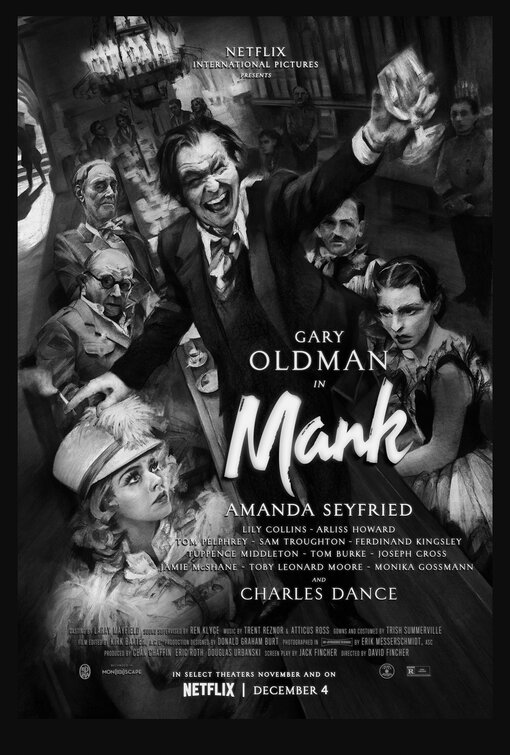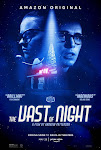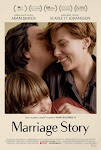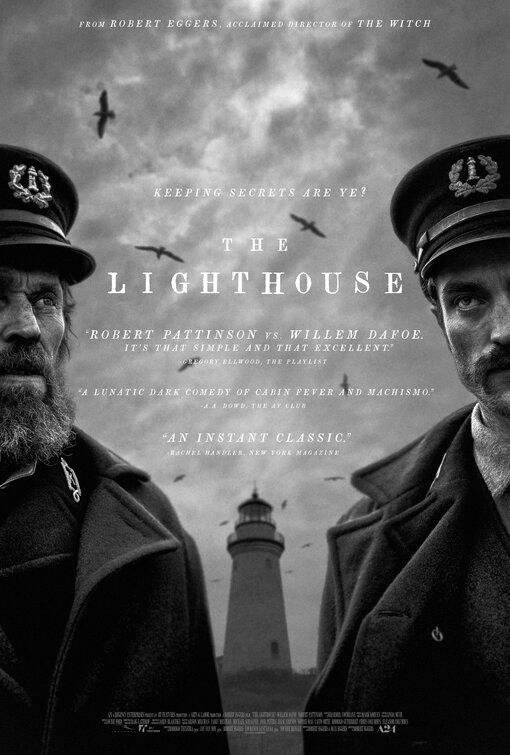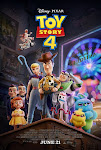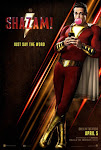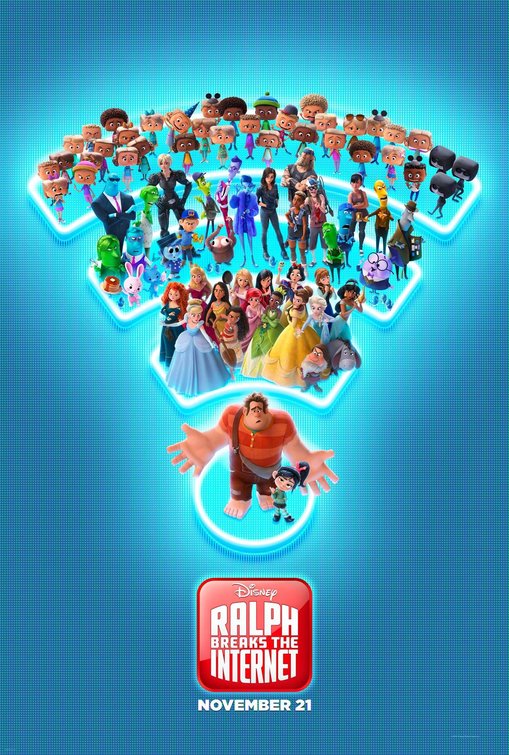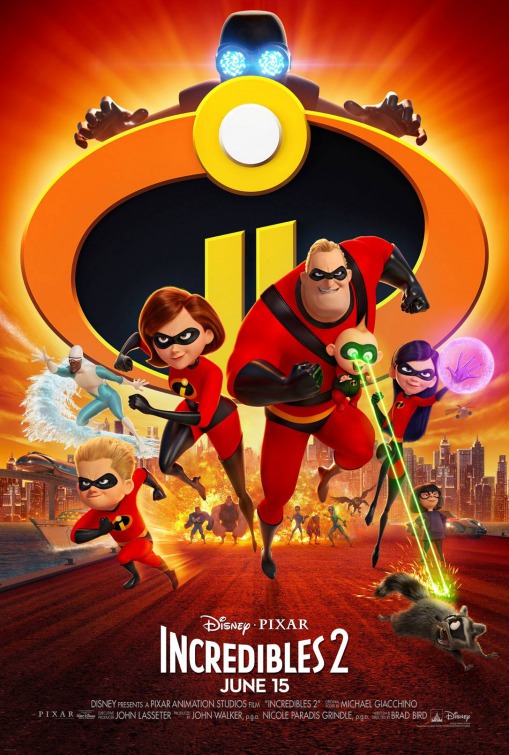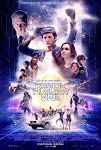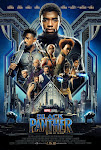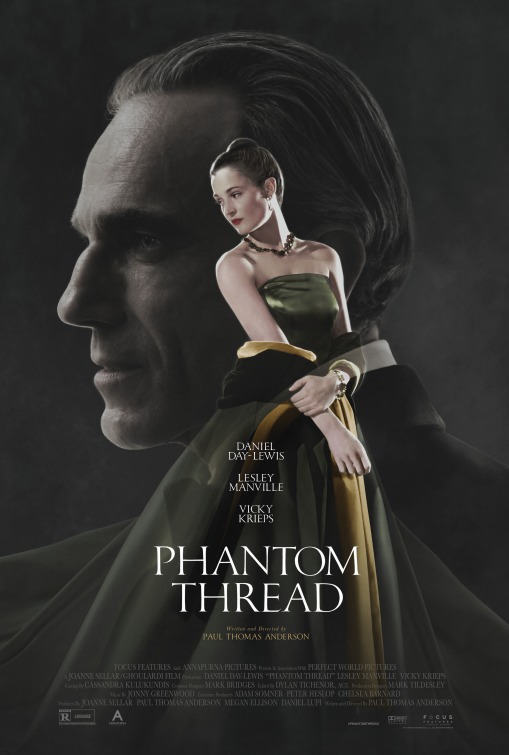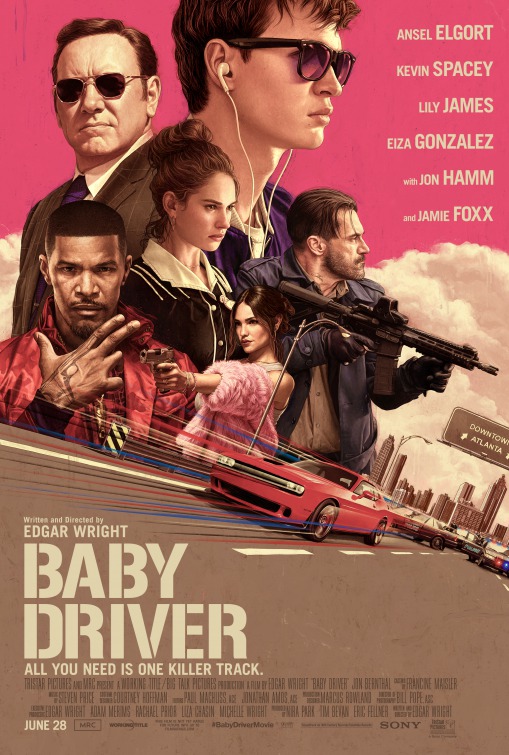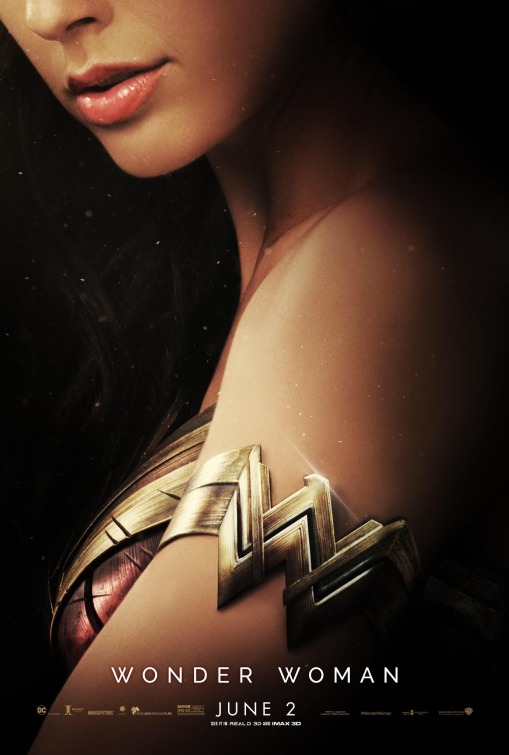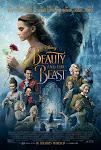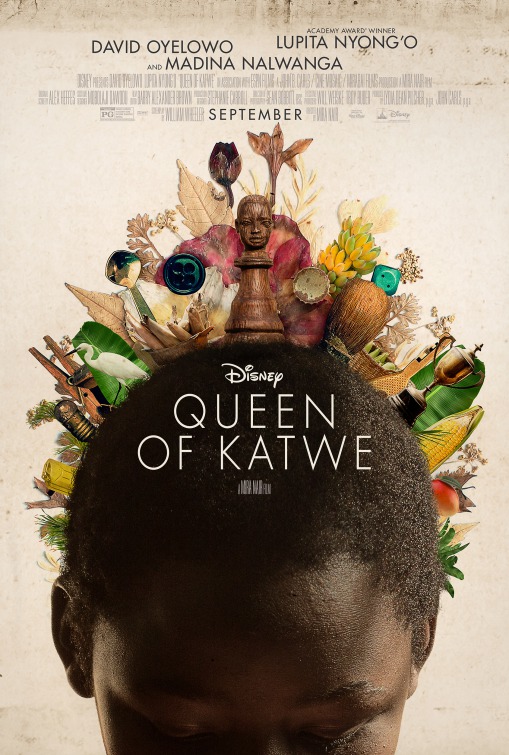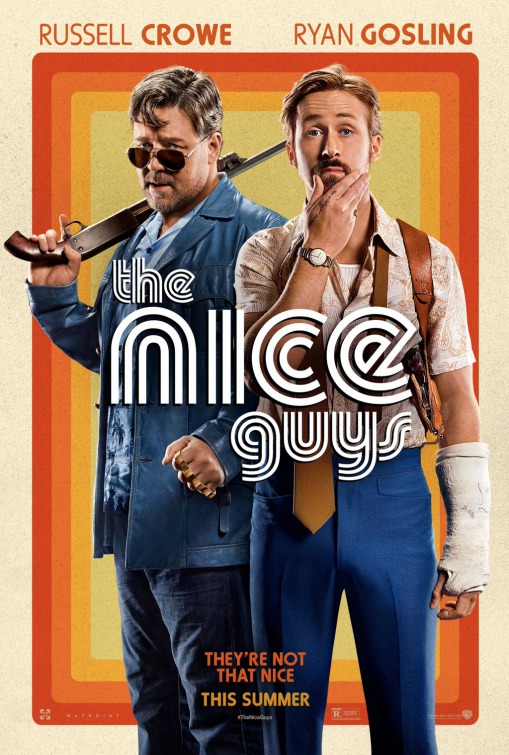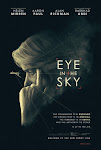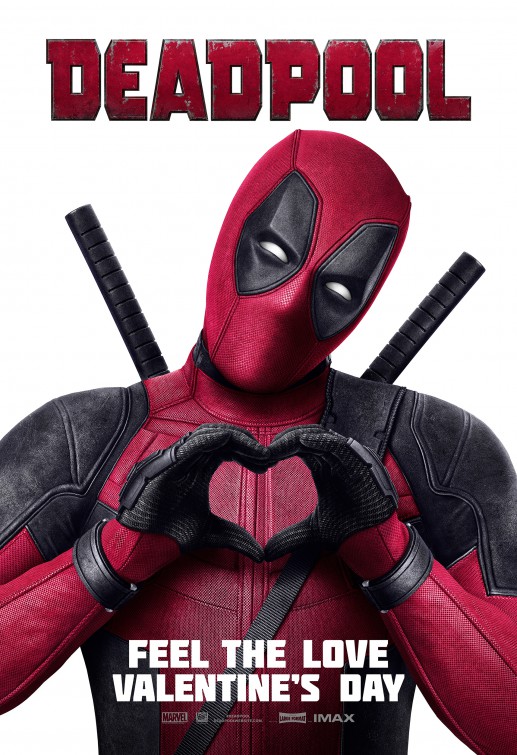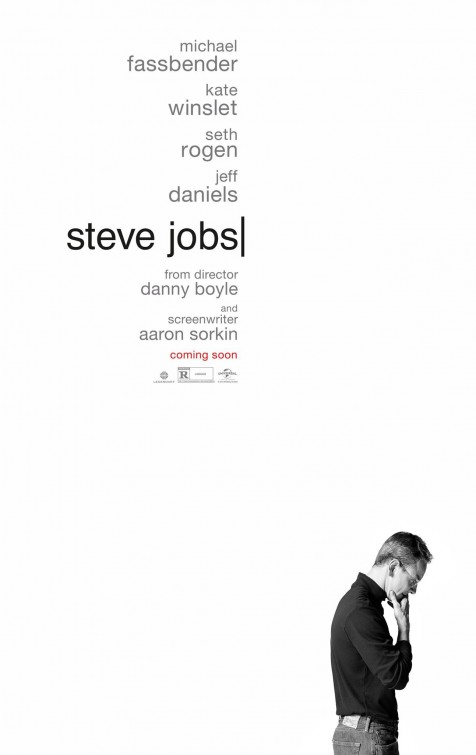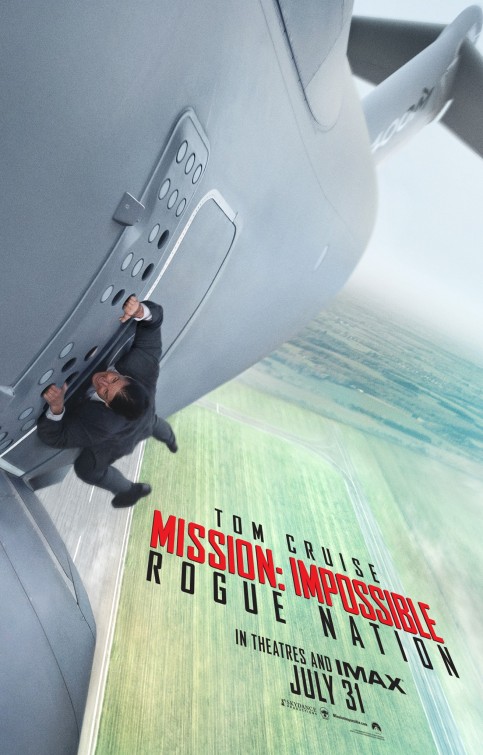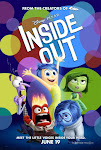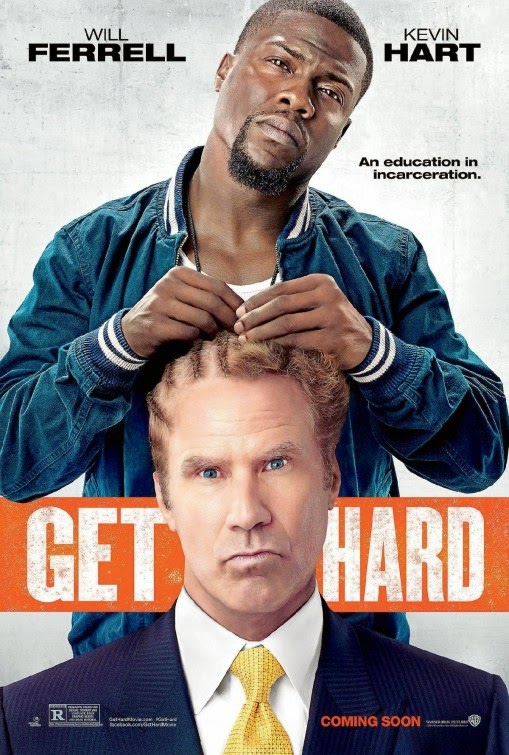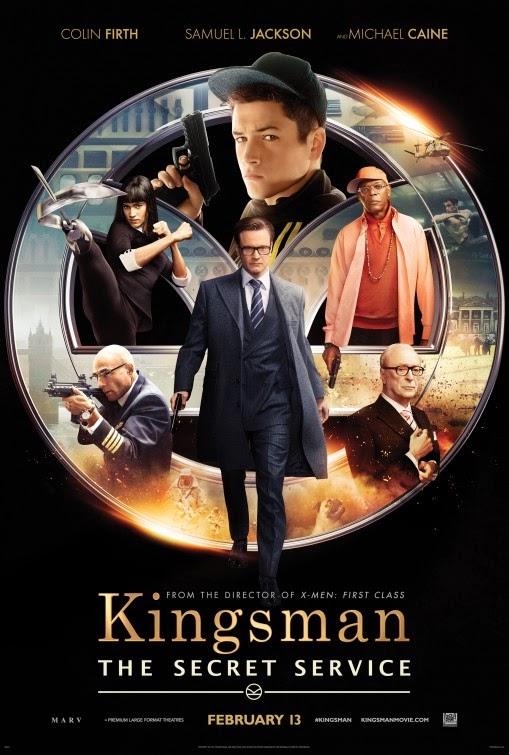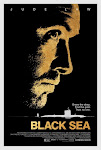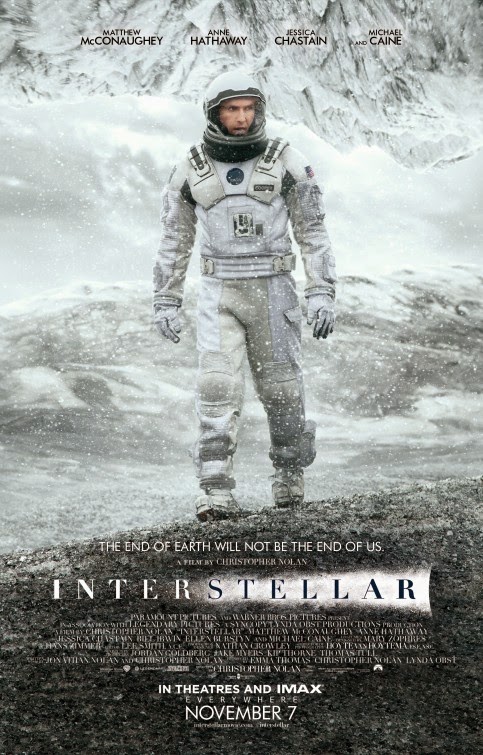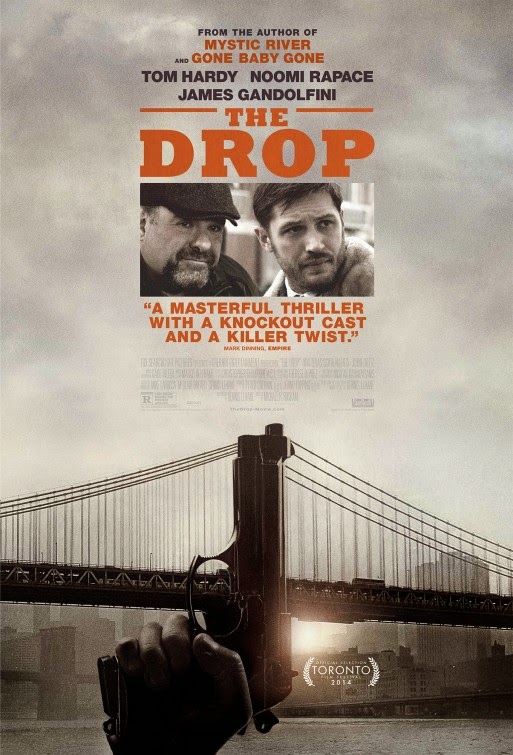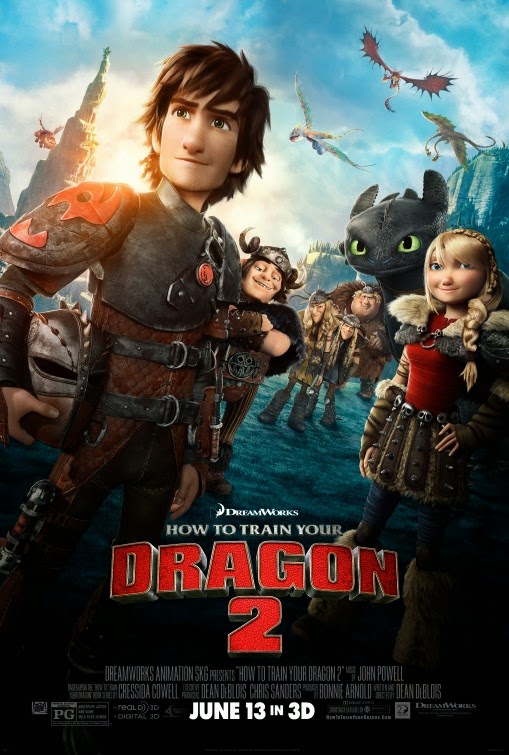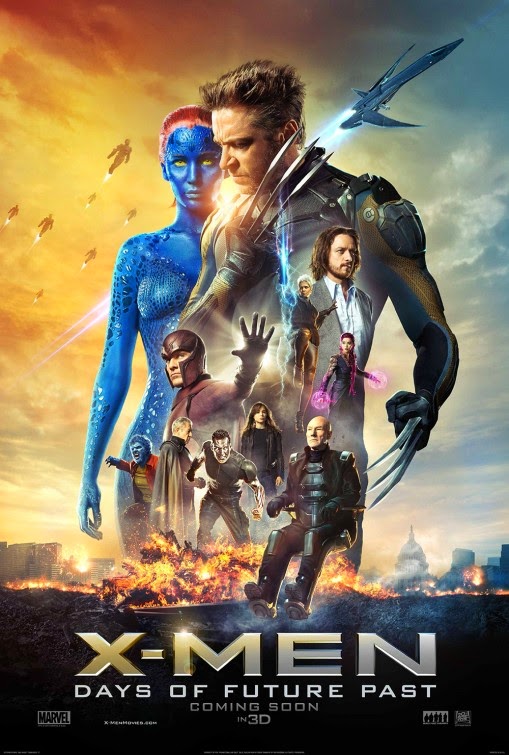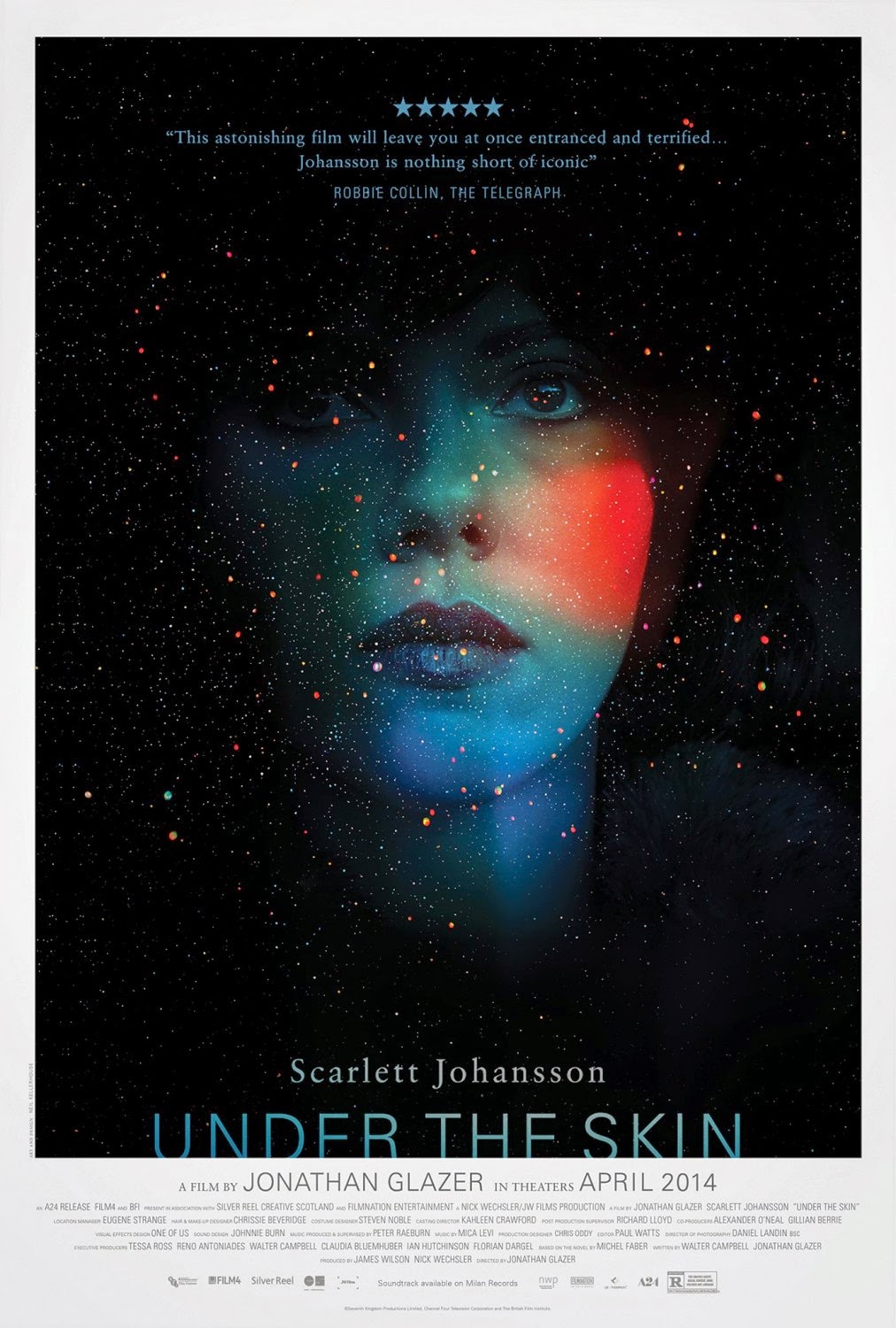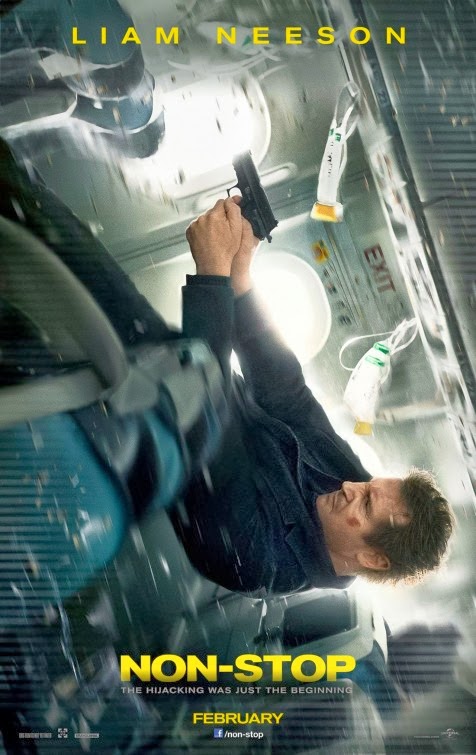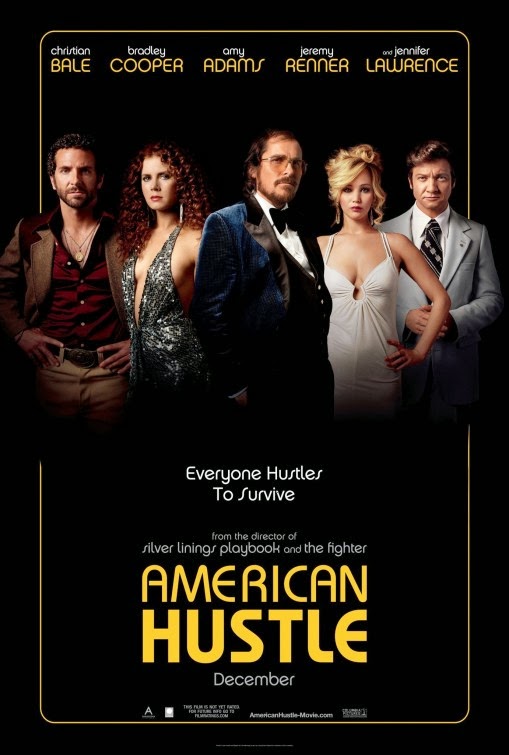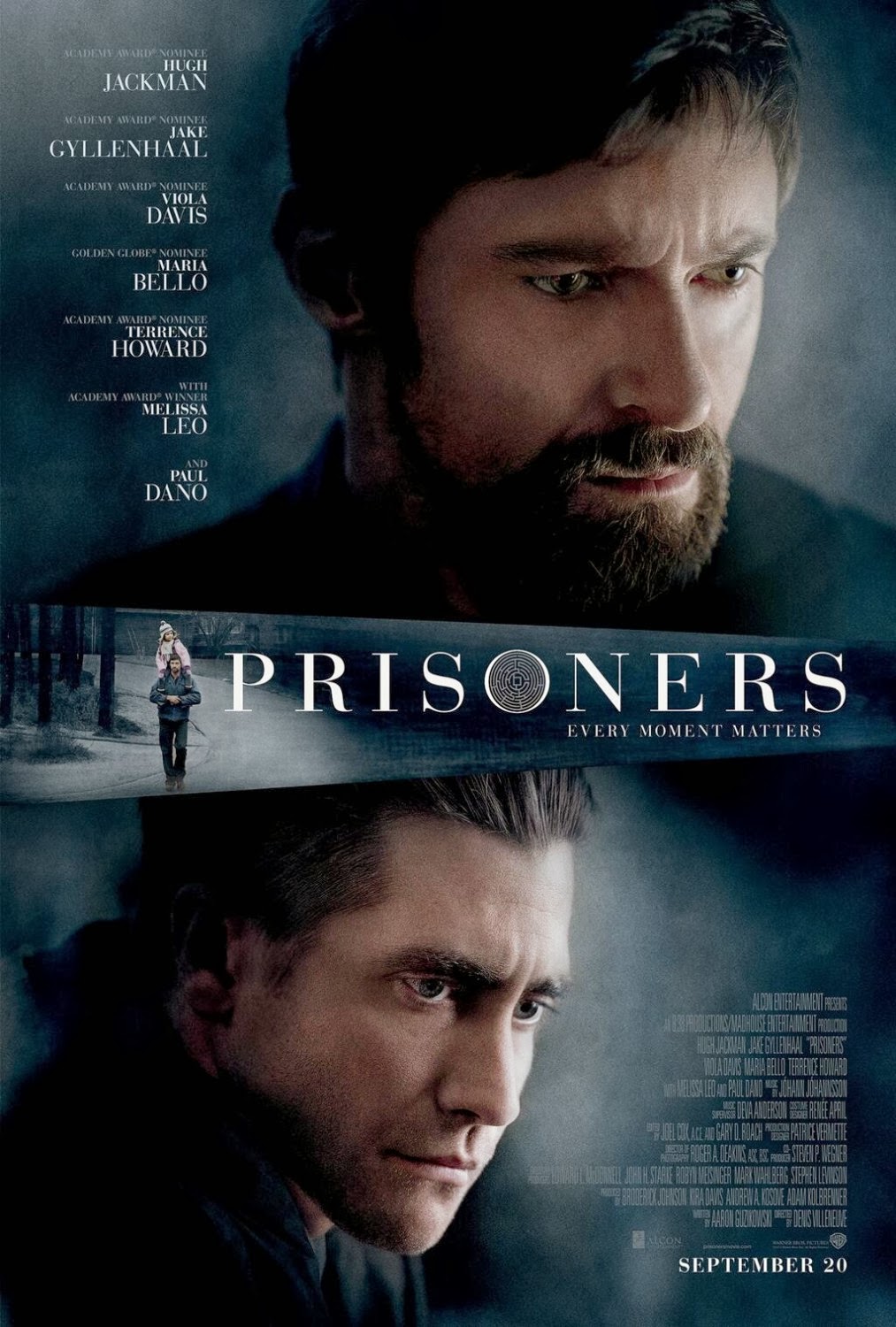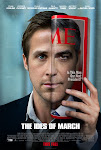Coastal View News
Of all the films nominated for Best Picture this year, I
think “Her” is the best. “Her” is super entertaining, a delight to look at and
listen to, and incredibly well acted (Joaquin Phoenix deserves to win Best
Actor. Alas, he wasn’t even nominated.). However, what really sets this film
apart is its ambition. It takes
risks. It does new things. “Her” is bold and adventurous.
It starts with the little things. Take, for instance, the
wardrobe. Since “Her” is set in the future, director Spike Jonze and his crew might
have put their actors in silly silver unitards, or they might have played it
safe and stuck with contemporary fashion. But they opted for a more ambitious approach.
The main character, Theodore Twombly (Joaquin Phoenix), wears very high-wasted
woolen slacks, fall-colored (mostly, orange, red, and yellow) trim-fit dress
shirts, and circle-rimmed 50s-style glasses. It looks good. It looks different
than any particular style from the past or present, but it also has a slightly
retro feel. It wouldn’t be surprising if people in the not-too-distant future actually
wore this stuff.
Then there’s the technology. “Her” is all about a computer
program Theodore buys that behaves just like a real person who talks, learns,
grows, develops, shares, cares, feels, etc., while also helping him out with
email, phone calls and the like. There is no actual physical body there. But
everything else is pretty darn human.
Theodore’s program is named ‘Samantha’ (Scarlett Johansson).
Again, Jonze and his crew could have gone with some silly cyborg thing, or else
they could have played it safe. But Samantha is a more nuanced, more ambitious
character. At first she seems like she might just be ultra-Siri, who,
honest-to-goodness, really can answer any question you ask. But then Samantha
is, or comes to be, something more. She adjusts to Theodore’s personality,
jokes with him, advises him, expresses sympathy, and even develops genuine
feelings—feelings of joy when she spends time with Theodore, or hurt when she
is slighted.
Theodore is enamored. At first he is curious. Then he is
amused. Then he comes to kind of like Samantha, seeing her as a companion or
friend. But it isn’t too long before he loves her, and indeed, is in love with her.
They are perfect for each other. They were made for each
other (well, technically she was made for him, but you get the point). There
are hiccups here and there, but even so, it seems that Theodore has found the
perfect partner.
It’s of course an interesting question whether a computer
program could ever have thoughts, feelings, emotions and other experiences. But
this seems to be taken for granted in “Her”. What is more open to debate, I
think, is the extent to which Samantha is the author or agent of her
thoughts, feelings and emotions. Is she in control of her own thoughts? Does
she have a will? Or is it all just programming?
Yet this movie isn’t all all about whether, in the end,
Samantha will show herself to be something less than human—inadequate to the
task; unable to satisfy Theodore; missing something crucial. Perhaps the more
central issue in “Her” turns out to be whether Theodore is adequate to the task—whether he can satisfy Samantha. The question is whether the human might be
the lesser being. So this movie is not just about what it takes to be human; it
is also about what it might be like to be beyond
human.
I told you “Her” is ambitious.




